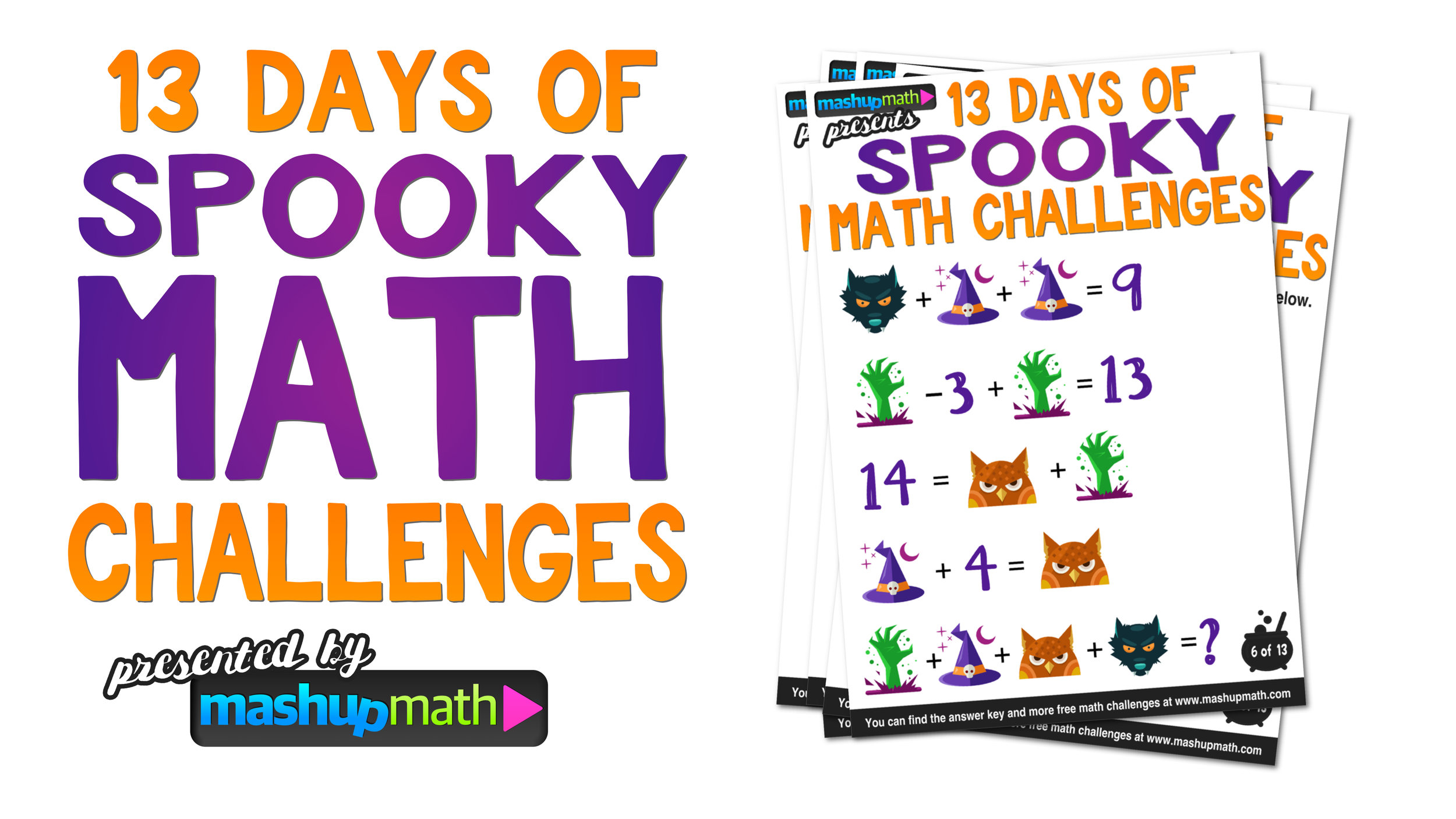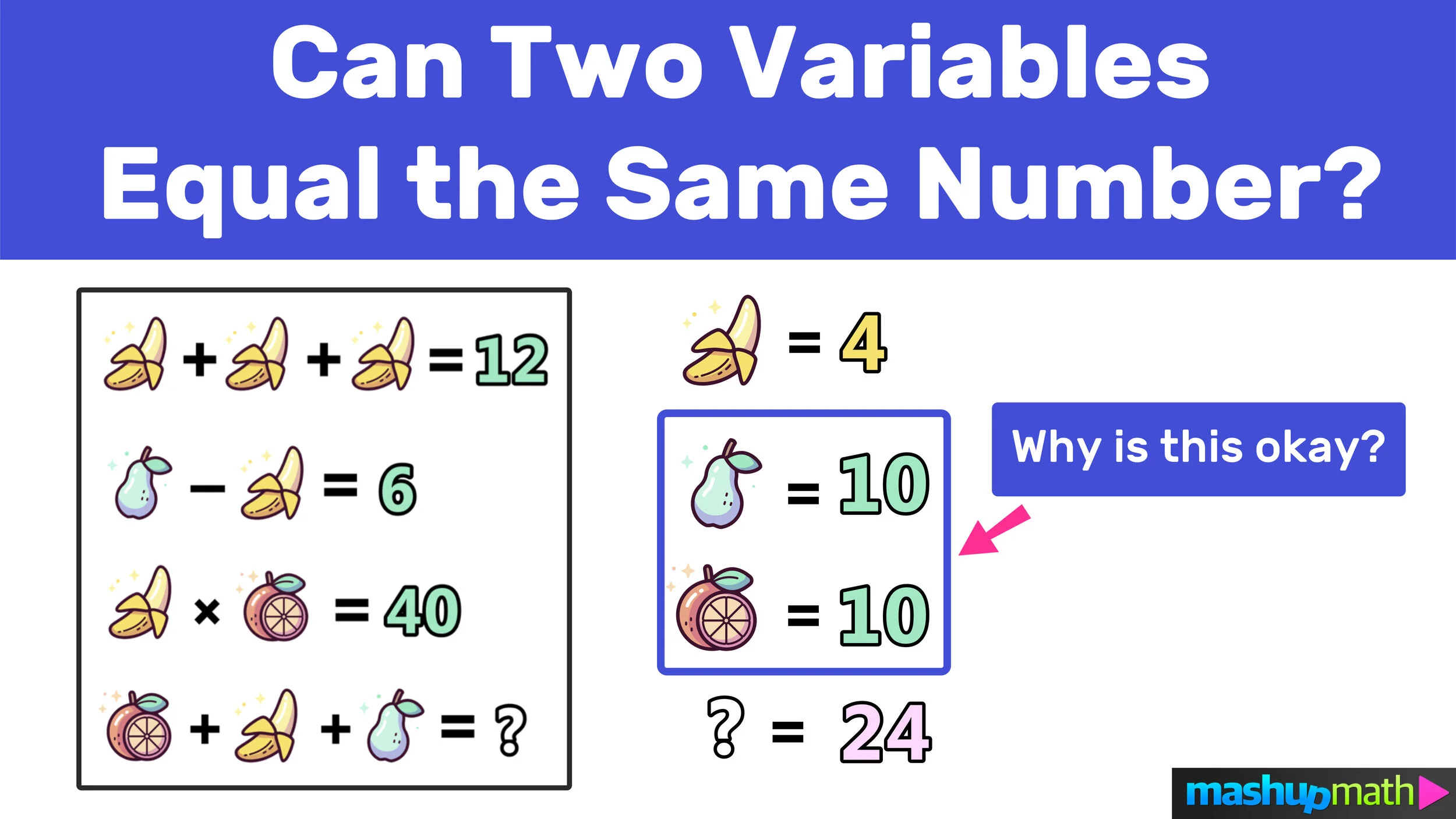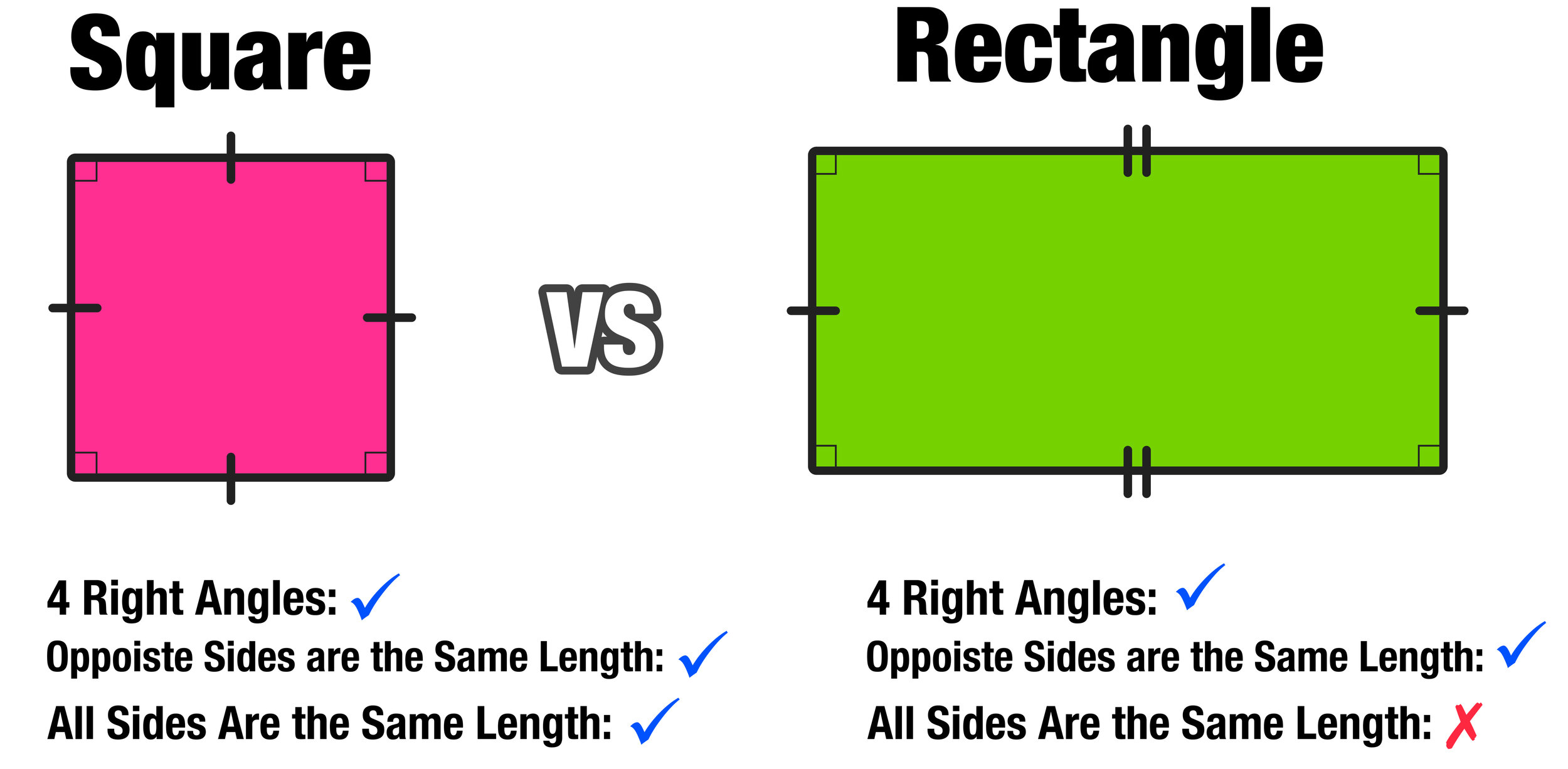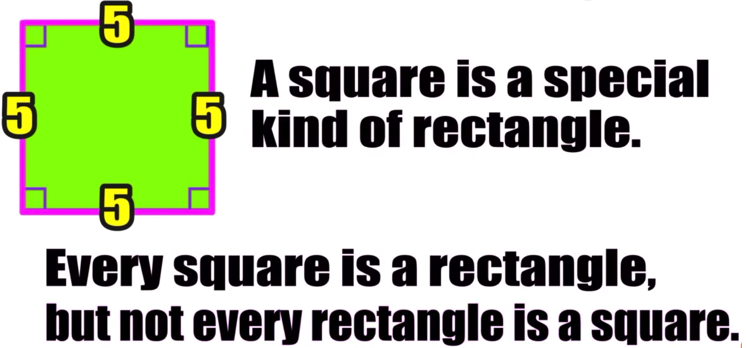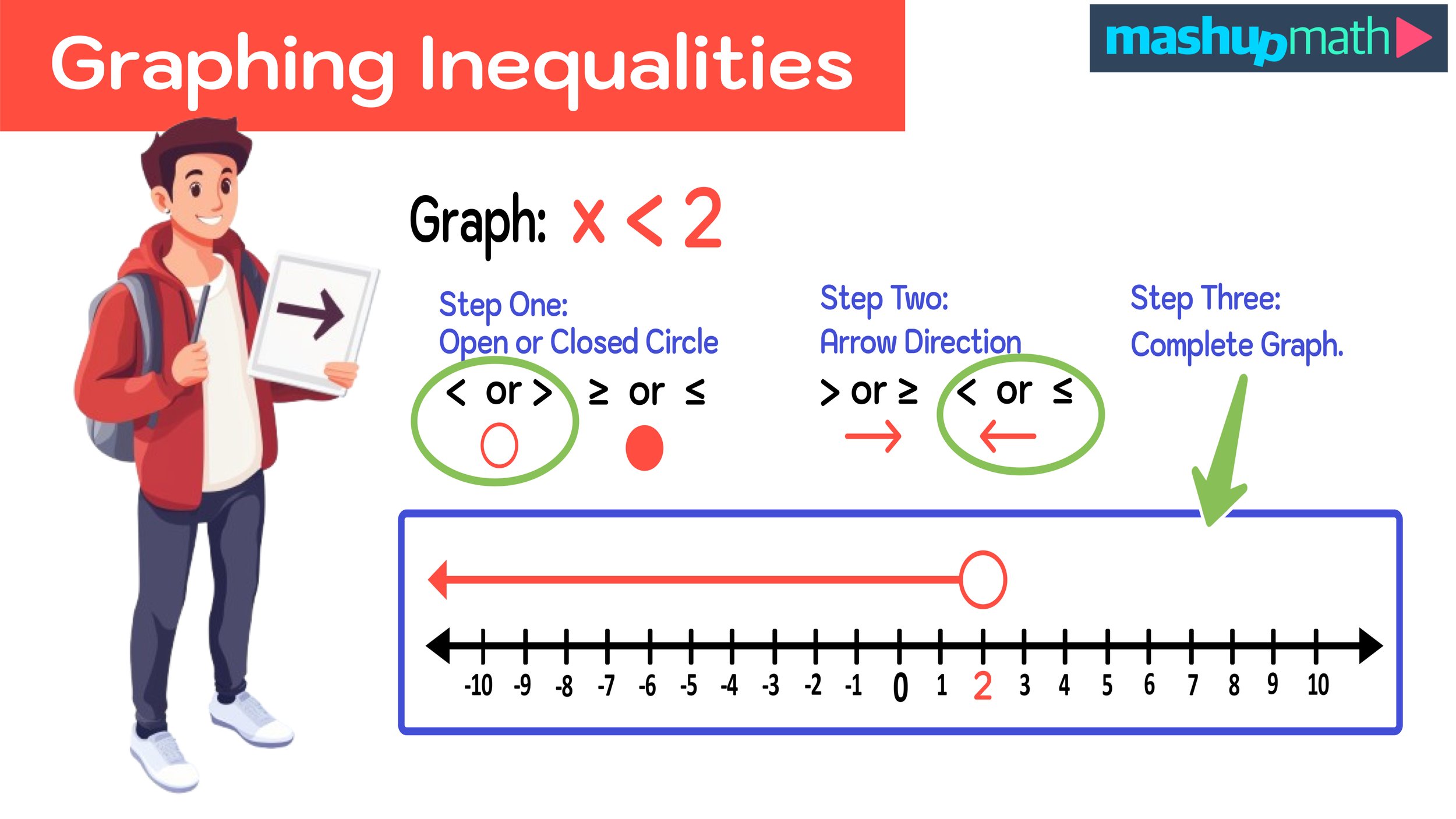7 Engaging Halloween Math Activities for Grades K-8
Image: Mashup Math MJ
Halloween is the first big holiday of the school year and an exciting time for students and teachers alike.
As we approach the second half of October, math teachers would be ghoulish not to take advantage of their students’ enthusiasm and Halloween spirit.
There are countless opportunities to creatively incorporate fun and engaging Halloween-themed math activities into your lessons. By tapping into the October excitement, your students will have a more meaningful learning experience.
Looking for ideas? Try adding one of the following fun and engaging Halloween-themed activities into your upcoming lesson plans:
1.) The Hershey Kiss Memory Game
Is there any better motivator than Hershey’s chocolate? This math game from Kids Activities Blog requires you to put a small garage sale dot sticker on the bottoms of Hershey Kisses along with corresponding multiplication facts. Students then take turns flipping them over looking for a match. When you find one, the chocolate is yours to keep! Try using this as a warm-up exercise at the beginning of a class period to get students engaged immediately.
Image Source: www.kidsactivitiesblog.com
2.) Sample Space, Probability, and M&M's
Photo by Oksana Zub on Unsplash
Candies like M&Ms can be used as an engaging tool for students to explore sample sizes and probability. Try placing students in groups with a large bowl of M&M's. After sorting the candies by color and creating a tally chart, give them each a fun-sized pouch and have them predict the frequency of each color based on their data collection. Students will love making reasonable predictions and exploring why or why not their results made sense.
3.) Exponential Growth...With Zombies!
Exponential growth and decay are often taught in the context of human populations, but what about zombie populations? This Halloween-themed video lesson explores the concept of exponential growth in the context of a zombie apocalypse. The video touches on concepts such as growth and decay, exponential functions and why they never pass through the origin, and how to apply the population growth formula. Middle school and algebra teachers can use the lesson in an introductory context, while higher level teachers can have students work through all of the practice activities.
Video Source: www.youtube.com/mashupmath
4.) Graveyard Frequency Tables
Image Source: http://missgiraffesclass.blogspot.com
This simple activity from Miss Giraffe's Class Blog gets students to practice collecting and analyzing data using manipulatives. Students are given cotton swabs, black construction paper, and cups full of small Halloween erasers (you can purchase these in large quantities at most party stores), which they will categorize with a frequency table using bones (cotton swabs) as tally marks. Teachers can extend the activity by having students graph their results in a bar chart.
5.) Halloween Bone Bridge
This Halloween STEM project from Plans for a Better Tomorrow Blog is highly exploratory and hands-on. The lesson can be modified for elementary or secondary math lessons. Students will use materials including cotton swabs, clothes pins, rubber bands, and pumpkin-shaped candies to build a “bone bridge” for length, strength, and/or capacity. Teachers can assess these attributes by having students demonstrate how many pieces of pumpkin candy that their design can support. Watch the video below to learn more about this project and the variations of assessment for different ability levels.
6.) Counting Hands Dice Activity
Image Source: www.jdaniel4smom.com
Now this is what I call a hands-on activity! This spooky idea from JDaniel4's Mom Blog has students create a seriously scary manipulative for exploring math operations using rubber gloves, uncooked beans, rubber bands, a measuring spoon, and dice. The physical nature of this activity helps students to visualize math facts and strengthen their number sense through engaging in a hands-on learning experience. It's a fun activity to do in the classroom or at home.
7.) The Halloween Place-Value Poem
This short video is for elementary level students and teaches the concept of place value in the form of a PG Halloween poem. With over 10,000 views, this popular YouTube video and its silly and spooky sound effects will have your students reciting the place values from the ones all the way to the millions and laughing a whole lot in between. You can access the lyrics to the poem here so that students can read along while they watch.
🎃Have another idea for an awesome Halloween math activity? Creep it real and share yours in the comments below.















